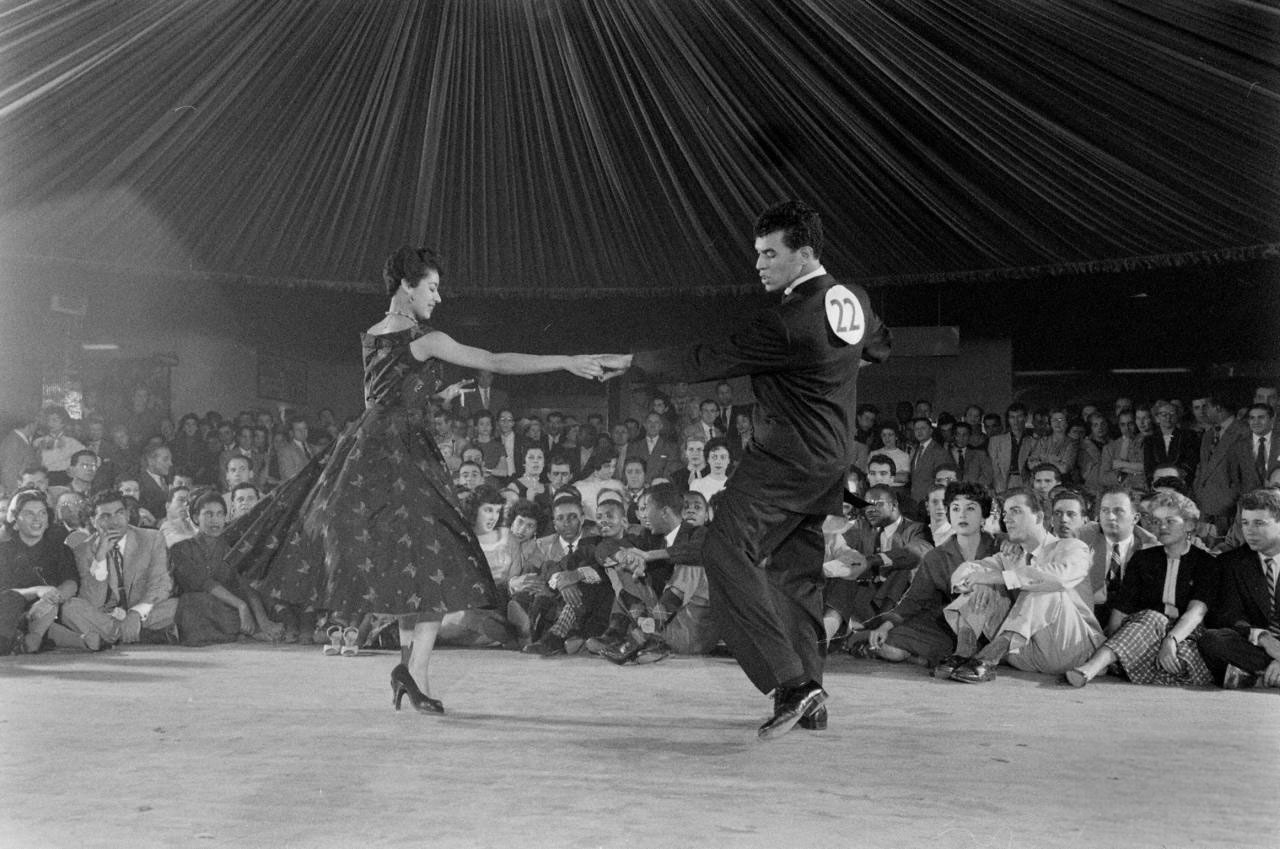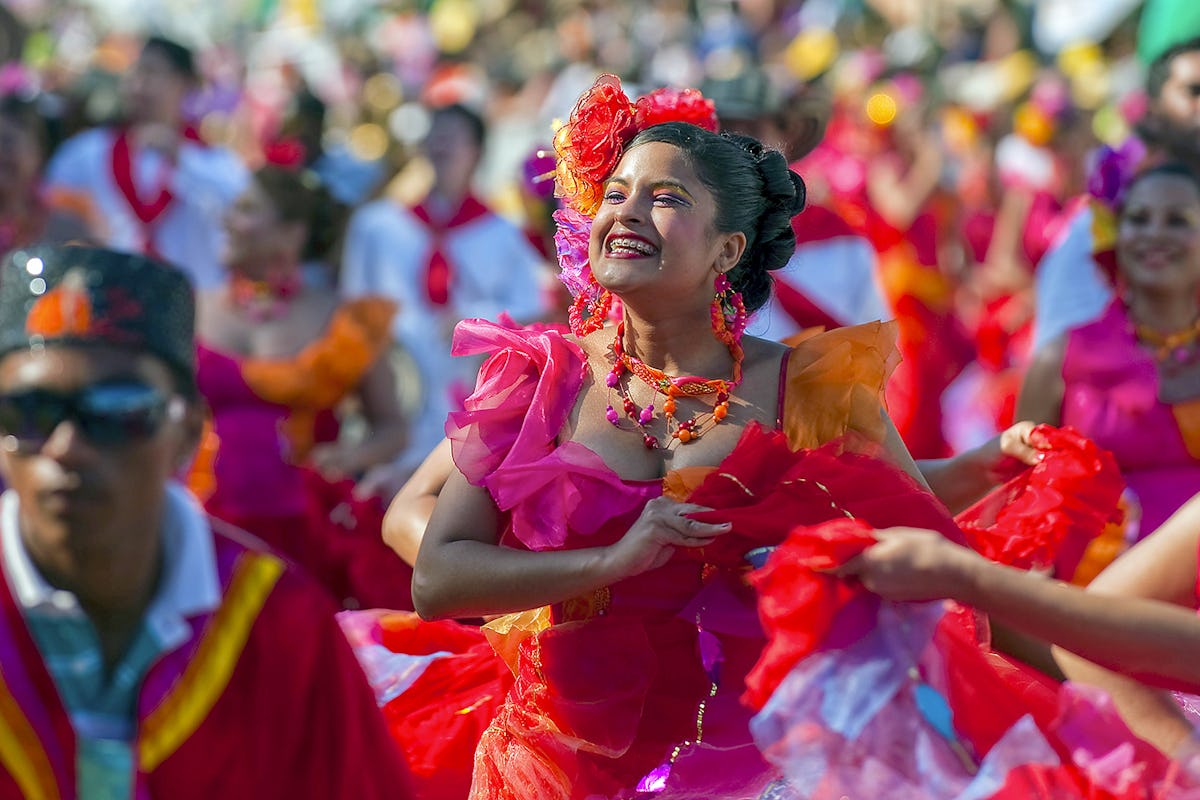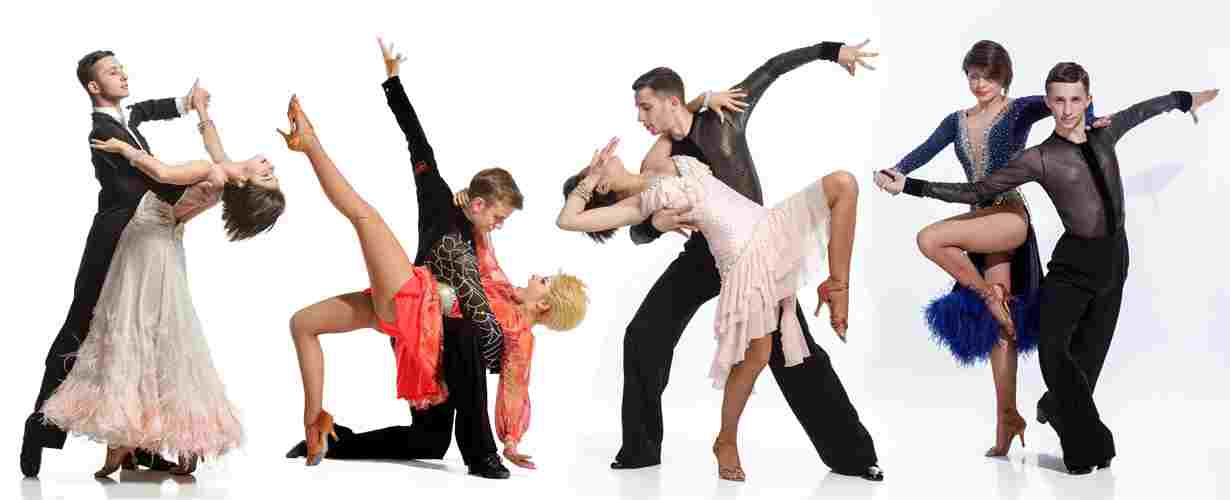9 Easy Facts About Dance San Francisco Shown
The Greatest Guide To Dance San Francisco
Table of ContentsThe Facts About Dance San Francisco UncoveredDance San Francisco Can Be Fun For AnyoneThe Best Strategy To Use For Dance San FranciscoThe 10-Second Trick For Dance San FranciscoTop Guidelines Of Dance San FranciscoThe Ultimate Guide To Dance San FranciscoThe smart Trick of Dance San Francisco That Nobody is Talking About
The major difference that differentiates the Miami-style from various other North American designs is the "Atras" or "Angled", back breaking actions done backwards diagonally rather than moving forwards and backwards as seen in the New york city design. Professional dancers do not move their body weight considerably as seen in other styles. bay area salsa dancing. Instead, dancers keep their upper body still, positioned and loosened up, focusing on foot movementA significant difference in between Cali Design and Miami-style is the latter is exclusively danced on the downbeat (On1) and has components of lusters and show-style added to it, adhering to arsenals of North American styles. Miami-style has many followers, particularly Cuban-Americans and other Latinos based in South Florida. In the 1950s, Salsa Rueda or much more accurately Rueda de Casino site was established in Havana, Cuba.
Numerous of the relocations involve swiftly swapping companions. "Rueda de Miami" originated in the 1980s from Miami, is a formal design with numerous rules based on a mix, and is a hybridization of Rueda de Cuba & North American dancing designs, with some routines reflecting American culture (e
Coca-Cola, Dedo, Adios) which is not found in discovered traditional Cuban-style Standard. Cali is also understood as the "Resources de la Salsa" (Salsa's Resources); due to salsa music being the major genre in events, bars and festivals in the 21st century.
Cali has the highest number of salsa colleges and salsa groups in the globe. The central feature is the maneuvering which has fast rapid actions and missing activities called "repique".
Some Known Incorrect Statements About Dance San Francisco
They consist of numerous acrobats such as partnered flips to captivate with these jaw going down stunts. Their footwork is intricate and exact, assisting numerous Colombian Style professional dancers win significant world championships. Cali hosts many annual salsa occasions such as the World Salsa Cali Event and the Encuentro de Melomanos y Coleccionistas.
Researchers in the all-natural scientific researches examined the math of salsa dancing relocations. In the social sciences, researchers have actually examined salsa dance to comprehend, as an example exactly how the Latino identity is connected to salsa dance. The research study of salsa dance has actually been studied as a allegory to understand psychological and social economic situations.
and, scientists have also utilized salsa dancing to study the ephemerality of social groups. Salsa songs the songs to which salsa is danced Mambo a dancing design which heavily influenced salsa dancing Palladium Ballroom a New York City venue that aided popularize Latin songs and dance during the 1940s and 1950s Dance a ballroom dancing that greatly influenced salsa Globe Salsa Championships a list of worldwide competitors for salsa dance Cuban salsa a prominent form of salsa dancing from Cuba Boggs, Vernon (1992 ).
Get This Report about Dance San Francisco
ISBN 0-313-28468-7. OCLC 24908952. Hutchinson, Sydney (2004 ). " Mambo on 2: The birth of a brand-new form of dancing in New York City" (PDF). Centro Journal. 16: 108137. ISSN 1538-6279. " What Is Salsa (Dance)?". 2023-03-13. Recovered 2023-05-26. Young, Takeshi (26 June 2023). " Latin Dance". Salsa Vida. Recovered 5 October 2023. " Designing salsa".
Retrieved 5 October 2023. " Background of Salsa Dance". Salsa Vida. 26 June 2023. Fetched 5 October 2023. Ludovic, Kiss Mihai (2015-10-01). " Salsa Origins and Growth". Sport i Societate. 15 (Unique): 120129. ISSN 1582-2168. Djebbari, Elina (2020-01-02). " Dancing salsa in Benin: Linking the Creole Atlantic". Atlantic Researches. 17 (1 ): 110134. doi:10.
2019.1697579. ISSN1478-8810. Carwile, Christey (September 2017). "" The Clave Gets Back": Salsa Dance and Pan-African Identity in Ghana". African Research Studies Evaluation. 60 (2 ): 183207 - https://www.anyflip.com/homepage/izipm#About. doi:10. 1017/asr. 2017.6. ISSN0002-0206. " Salsa vs Bachata: What's the Distinction?". Salsa Vida. 2021-08-08. Fetched 2021-09-08. " Dancing Styles". Salseros Mc, Gill. Fetched 2023-03-14 (bay area salsa dancing). " Salsa & Latin Dancing Congresses"
Our Dance San Francisco Statements

Fetched 2019-06-26. Waxer, Lise Aerinne (2002 ). The city of musical memory: salsa, record grooves, and prominent culture in Cali, Colombia. Music/culture. Middletown, Conn: Wesleyan University Press. ISBN 978-0-8195-6441-2. " Colombian Design Salsa". Salsa Vida SF. Obtained 27 July 2020. von Renesse, Christine; Ecke, Volker (2011-03-01). " Mathematics and Salsa dancing". Journal of Mathematics and the Arts.

The Facts About Dance San Francisco Uncovered
:10. 1002/cb. Journal of Company Research Study.

Something failed. Wait a minute and try again Attempt again.
A Biased View of Dance San Francisco
We're discussing the dance, not the navigate here delicious South American condiment. The origins of words "Salsa" as the name of a dance has given argument for years. The most prominent (and possibly approved) concept is that Cuban and Puerto Rican musicians in New York created the phrase in New York in the 1970's, to describe the spicy blend of songs they were creating out of the rhythms and themes of Cuban kid montuno, guaracha, chachacha, mambo and bolero.